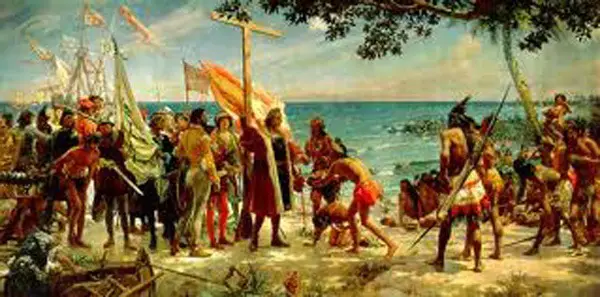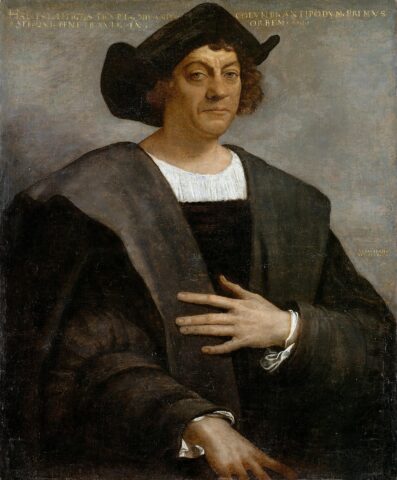
“The day of the meeting of cultures” is the name given to the conmemoration of October 12, which is held remembering the arrival to America by Christopher Columbus. Also recounting the encounter between the different cultures that were fostered by this event.
Before, October 12 was called Columbus Day and, after a change in national legislation, it was called Day of Cultures, a change that was the result of a deep struggle by an important sector of the citizenry, conscious of the vital importance of memory in the construction and preservation of national identity.
This day is based on tolerance, recognizes the ethnic diversity prevalent in America, and does not deny the heritage of Spain, the legacy of the indigenous people, and the African contribution, among others.
When the Day of Cultures was approved, it was determined that Costa Rica, like those of the rest of the Latin American countries, come from three ethnic roots that have interacted since 1492, the Spanish, the indigenous, and the African-Caribbean. a situation that makes us a multicultural and multiethnic nation.
The establishment of this celebration also served to recognize that, since the middle of the previous century, our country has benefited from European, Central American, Asian, Hebrew, and Arab immigration, among others.
The Day of Cultures is a date that marks the birth of a new identity product of the meeting and fusion of the original peoples of the American continent and the Spanish colonizers.
Historical data

The existence of the American Continent was ignored (by Europeans) for a long time. But an expedition undertaken by Christopher Columbus allowed its “discovery”, conquest and colonization by Europeans. The arrival took place on October 12, 1492. However, Columbus assumed that he had reached the shores of Asia, in India at that time. That is why the native inhabitants of this continent were called “Indians.” As the explorers entered its coasts, rivers, lands, they understood that it was a New World.
On his first voyage, Christopher Columbus sailed with three ships, called La Santa María, a relative large sailing vessel, and La Pinta and La Niña, two caravels. On his second voyage, he brought 17 ships, two large ships, and 15 caravels. On his third voyage, he did so with six ships. On this trip, Bartolomé de las Casas came. On his fourth voyage, which was his last, in which he visited the Costa Rican coast, he did so with four caravels.
With the arrival on the continent, and appreciating that the lands did not belong to any king or European authority, due to the obligations and commitments that he brought, he took possession of the lands on behalf of the Spanish Kings, giving rise to Spanish and European domination, beginning in that way the new American history emerged from that moment on, which was based on the violence and extermination that it would impose from that moment on, to exercise its dominance and authority.

The indigenous people and their communities who for centuries worked the lands and their natural resources for themselves, after the arrival of the Spanish were forced to work for others, for the Spanish or Europeans.
The wealth generated by slave work was for others, the masters, the owners of the lands, and the political, military, and religious power that was imposed on them. In Costa Rica, they introduced blacks from 1650 to work on the cacao plantations in Matina, as slaves.
This is how this work model was established, which remained until Independence. With Independence, the workers, who previously were subjects of the king, to whom they were forced to pay obedience and loyalty, now came to be considered citizens, with rights and freedoms.

